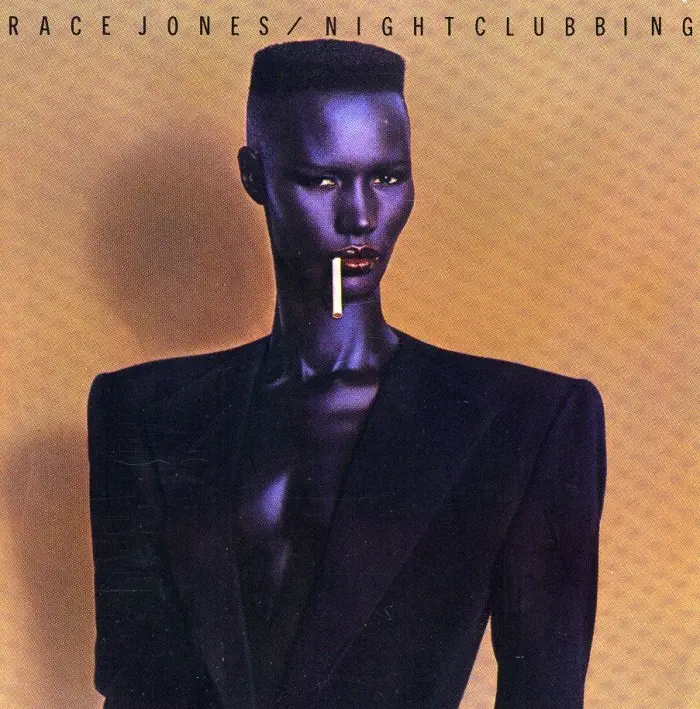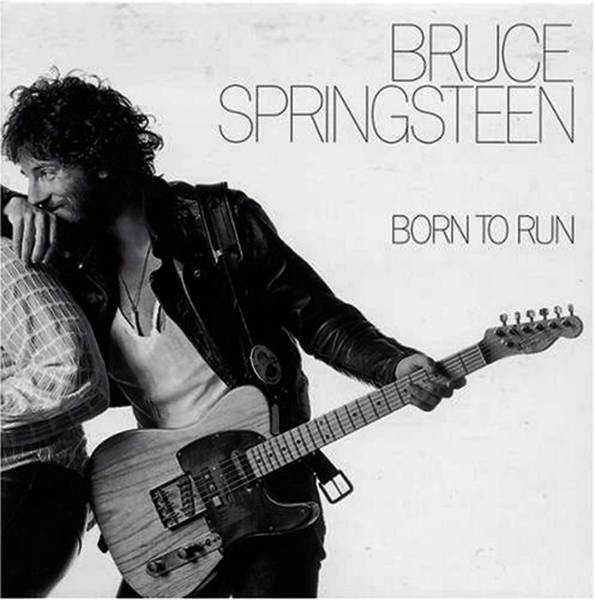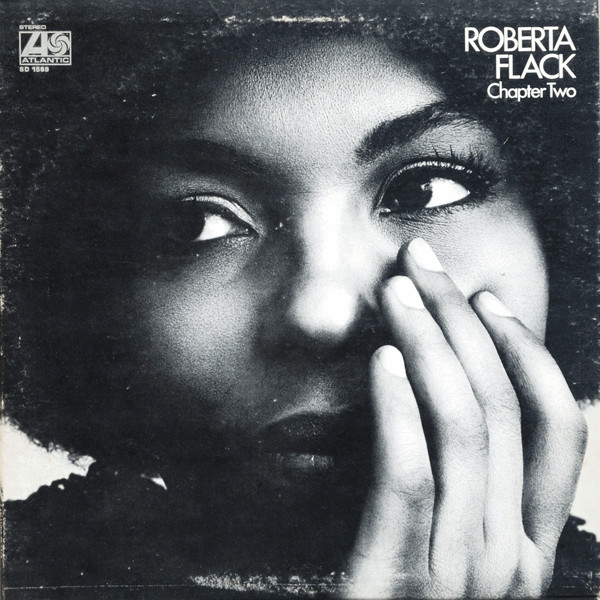This article was originally published May 9, 2016 at Albumism
Nightclubbing is the fifth studio album by Grace Jones. This is the album that perfectly defines the Grace Jones sound. Her previous LP Warm Leatherette was a subtle introduction to her new sound. It was the insanely yummy appetizer leading you into the decadent tasty meal that is Nightclubbing.
Up until this effort, Jones was primarily known for her covers. This time around, she didn’t merely do cover songs. She deconstructed the songs and made them her own. Jones established herself as an excellent interpreter of other people’s music. Nightclubbing features covers of songs by an array of diverse artists such as Flash & The Pan (“Walking In The Rain”), Bill Withers (“Use Me”), and Astor Piazolla (“I’ve Seen That Face Before (Libertango)”). She even gives us a reggaefied version of Iggy Pop’s “Nightclubbing” with great results.
Jones’ first three albums were heavily influenced by disco and cemented her presence in the club scene. If you were to judge her by her first three albums alone, you would come to the conclusion that she was little more than a campy disco star. Let’s be honest, during this period between 1977 and 1980, everyone and their mother went disco. Rock legends like Rod Stewart and the Rolling Stones experimented with the disco sound. Hell, even Ethel Merman put out a disco record. I found the “disco sucks” phenomenon to be rooted in some unspoken hatred of other cultures, but that’s another story for another day. The mass appropriation of the genre made it into a joke and luckily for Grace Jones, she shifted gears just at the right time.
With help from producers Chris Blackwell and Alex Sadkin, and the musical backing of The Compass Point All-Stars (featuring Sly Dunbar & Robbie Shakespeare), the tracks on Nightclubbing have a reggae-tinged, alternative style that set her apart from many artists of the day. Three of Nightclubbing’s songs were co-written by Jones, including the hit “Pull Up to the Bumper.” Many critics loved the playful double entendre, but if you were listening carefully, you could tell that it was a pretty blunt statement. She was not pulling any punches. It was a song that could’ve been ripped out of the pages of the Penthouse forum set to an infectious, funky beat: “Pull up to my bumper baby / In your long black limousine / Pull up to my bumper baby / And drive it in between.”
Grace Jones and subtlety live in entirely different universes and we are the better for it in every way. The surprise on this album is the song “Demolition Man.” Now many of you know this is more famously recognized as a track from the 1981 LP Ghost In the Machine by The Police. Sting wrote the song while visiting Peter O’Toole in Ireland in 1980 and wound up giving the song to Jones. The lines “I’m a three-line whip, I’m the sort of thing they ban.” is Grace Jones personified. She released it as a single in February 1981, three months before Nightclubbing was released. The Police eventually recorded their own version which was included on the previously mentioned Ghost In The Machine, released in October of the same year.
I have very fond memories of this album, which was on my turntable a whole lot during the summer of 1981, a.k.a. my summer of underaged drinking and clubbing. I spent many nights at Bonds, Gotham’s and Danceteria that summer. In my mind, Nightclubbing was a part of the unofficial soundtrack to New York City nightlife in ’81. Songs from the album were heard constantly on a diverse array of radio stations, ranging from WBLS to the late great WLIR.
Nightclubbing is a genre-fluid, 38 minute 40 second, New Wave/reggae/synth pop, head-bobbing bundle of coolness. If you’re unfamiliar with this record, then I suggest you check it out. To quote one of Grace Jones’ songs, “…and now ladies and gentlemen, here’s Grace.”
Share this content:




Post Comment